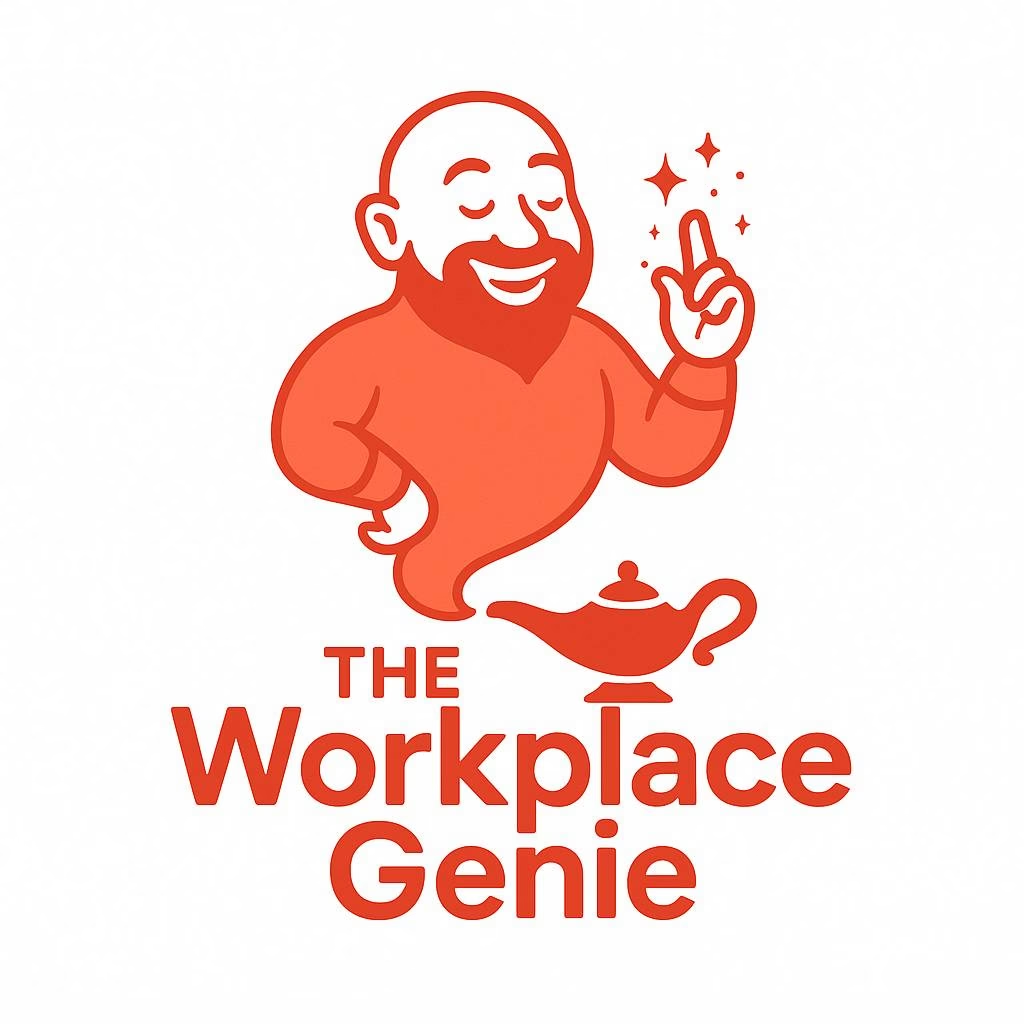TL;DR: A new $100K one-time H-1B visa fee is shaking the tech world and is set to cause significant changes in 2025 with potential career impacts. The $100K H-1B fee changes 2025 career impact significantly.
– Big Tech will pay → startups can’t.
– Immigrants face longer odds and deeper despair.
– But the real story isn’t the fee — it’s dependency.
👉 The wake-up call: stop betting your future on bureaucracy. Build portable skills, side income, and global options so your career travels with you — no visa required.

When Raj read the headline at 2 AM, his coffee went cold in his hands. A $100,000 fee for new H-1B visas.
Five years of 80-hour weeks building fintech systems worth millions. Five years of lottery anxiety, checking USCIS updates like stock prices. Now this felt less like immigration policy and more like a ransom note with $100K H-1B fee changes 2025 career impact.
But here’s the twist that changes everything: this isn’t just Raj’s story. It’s the mirror every skilled professional needs to see regarding $100K H-1B fee changes 2025 career impact.
The Numbers That Scream
- 📊 85,000 new H-1Bs per year
- 📈 780,884 applications in 2024 (lottery odds: 11%)
- ⏳ 1.1M+ Indian professionals stuck in green card purgatory (wait times: 20+ years)
- 💸 $100,000 fee = instant startup killer
Big Tech shrugs. Amazon filed 10,000 visas in 2024 — a billion-dollar tax they’ll gladly pay. Startups? Flatlined due to fee changes, which inevitably shift career landscapes in 2025.
“This isn’t immigration reform. It’s a corporate moat disguised as policy.”
“It’s been good, going to pack my bags and head back home. I don’t think we’re very wanted here.”
— Reddit user
Behind every post is a family calculating whether to uproot their life, relocate to Toronto, or accept decades in visa limbo.

The Mirror Moment No One Wants to Face
Here’s the truth that stings: If your entire career plan depends on a government lottery, you don’t have a plan. You have a bet.
The $100K fee is brutal — but it’s also a signal. A mirror. A question that cuts to the bone:
👉 What part of your career do you actually control?
Because while everyone debates policy, the real issue is dependency. The same brilliant minds building trillion-dollar systems are treating their own careers like lottery tickets amidst the $100K H-1B fee changes in 2025.
The Liberation Playbook (Start Today)
Stop waiting for Washington. Start building your own immigration policy.
🎯 Build Your $10K Monthly Safety Net
Raj started consulting on Upwork during lunch breaks. Three months later, his “side hustle” was pulling $2,400/month. Six months in? It matched his salary. His backup became his breakthrough amidst substantial H-1B fee changes impacting careers in 2025.
🔧 Turn Your Skills Into Portable Assets
- Immigration status expires. Code doesn’t.
- Package your ML model as a SaaS tool.
- Create a course from your architecture expertise.
- Offer debugging as a premium service.
🌍 Engineer Your Geographic Arbitrage
- Dubai pays $120K tax-free.
- Berlin fast-tracks visas in 90 days.
- Singapore welcomes tech talent with open arms.
Your skills have global market value — but only if you price them globally.
The Uncomfortable Truth Politicians Won’t Say
Your skills are your real passport.
If you can’t shine in America, you’ll shine in Canada. If not Canada, then Germany. If not Germany, then your own venture. With the $100K H-1B fee changes 2025 career impact, professionals need to rethink options.
The fee isn’t punishment — it’s clarity. Clarity that betting your future on bureaucracy is the riskiest move of all.
What This Means for You Right Now
- If you’re on H-1B: This isn’t the end. It’s the beginning of building something no government can revoke amid changes in career dynamics due to the $100K fee.
- If you’re a U.S. worker: Don’t celebrate too early. Skilled professionals leaving doesn’t boost wages — it moves entire companies offshore.
- If you’re an entrepreneur: Welcome to the biggest talent opportunity in decades.
The Real Question
The real tragedy isn’t the fee — it’s brilliant people betting their futures on bureaucracy. The real liberation? Choosing yourself.
So what is the $100K fee for you?
👉 A tollbooth that stops you in your tracks?
👉 Or the trigger that finally makes you build a career that travels with you — no visa required amidst the implications of H-1B fee changes in 2025?
💬 Reply in the comments: How does this change your next move?
🔄 Share this post with someone navigating the same questions.
Here’s to careers that cross borders without asking permission.
#CareerFreedom #H1B #WorkplaceGenie






















